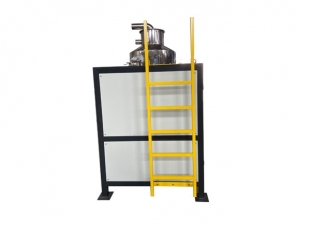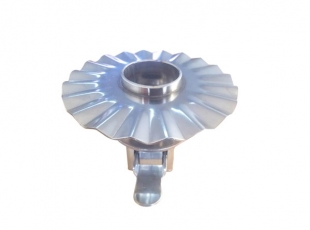Technical requirements of printing and dyeing machinery
What are the technical requirements of printing and dyeing machinery?Here Wuxi Dejin printing and dyeing machinery factory answers for you.Printing and dyeing machinery and equipment combine cold transfer digital inkjet technology with cold transfer printing technology,first direct inkjet on the cold transfer inkjet medium,and then transfer the pattern to the cloth surface.Using cold transfer digital printing technology,the pattern can be directly transferred to the cloth with paper through high-precision cold transfer printing machine,that is,the transfer paper and the fabric enter the transfer device at the same time,and instantly contact with the cloth surface at room temperature to achieve one-time printing.
Due to the high fixation rate,in the cold transfer digital inkjet printing process,the dye consumption per square meter of calico is only 6 g,saving 40%.At the same time,due to the reduction of the amount of digital printing materials and water consumption,the cold transfer printing technology has more prominent features in energy saving and low consumption,which can save 2/3 of water consumption,the recovery rate of discharged water can reach 90%,and the energy saving can reach 65%.
According to relevant experts,transfer printing process with its flexible size and realistic printing effect,especially it almost does not produce sewage,in environmental protection advantages,quickly occupied many traditional direct printing process market share.Most of the transfer printing uses disperse dyes,in the high temperature state,using the characteristics of high temperature sublimation of disperse dyes transfer to chemical fiber fabrics,known as heat transfer printing.
The cold transfer printing technology of cellulose fiber uses reactive dyes,which can be applied to any cellulose fiber fabric.Its dye transfer rate can reach 95%,and the dye transferred to the fabric also has nearly 90%fixation rate.Although it also needs washing after fixation,compared with traditional direct printing,it has much less sewage.
previous page:How to choose printing and dyeing equipment?
News Center
1Automation trend analysis of printing and dyeing machinery
2021-03-19

2On the problems of printing and dyeing machinery and equipment industry
2021-03-19

3What are the equipment of printing and dyeing machinery?
2021-03-19

4What is the origin of the development of printing and dyeing?
2021-03-19

5The rolling machine with the unwinding and opening greatly improves the production efficiency!
2021-03-17

6Development trend of printing and dyeing equipment
2021-03-17






